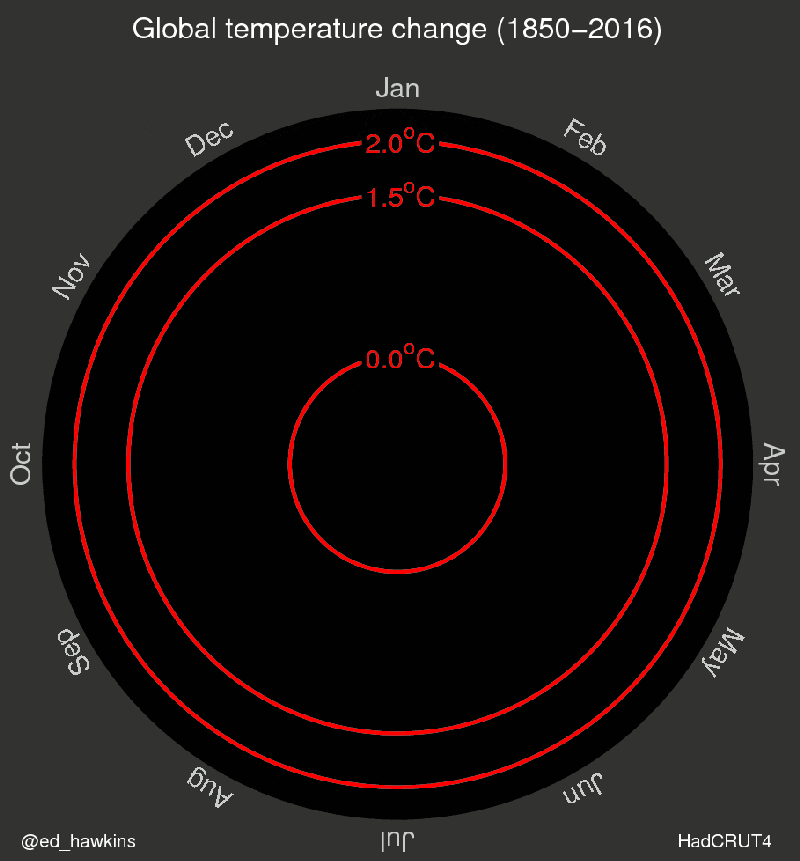I am not a political person, so I do not usually comment on politics. Part of the reason is that it is hard to consume all the particular political information and data with busy life event. I know there’s a big issue is still going on in Syria, but I never properly understood who is fighting whom in Syria. However, good visualization can organizing complicated data sets, analyzing the data set and helping readers to get right information in a given time.

Without even reading the article I could already understand who is fighting whom in Syria by the nicely created visual explanation.

Surprising point of this visualization was not only the vivid facial explanation with different color. By simply clicking any of the facial emotions, there is concise explanation of the two parties relationship.
If I am understanding right, this visualization is falling into Visual discovery category of Scott Berinato’s chart that we learned from our class this Tuesday. Personally, I think this is well designed visualization example and the explanation is applicable for many different age/education range. Replacing numbers or words with emojis can be an effective way to design a good visualization.
Follow up:
Friend or foe? A visual guide to understanding who’s with whom in the Syrian War.
Reference:
- http://www.slate.com/blogs/the_slatest/2015/10/06/syrian_conflict_relationships_explained.html
- https://blog.hubspot.com/marketing/great-data-visualization-examples#sm.0001sic7vahzeevyxpr1ezq5s2kg1
- https://hbr.org/2016/06/visualizations-that-really-work










